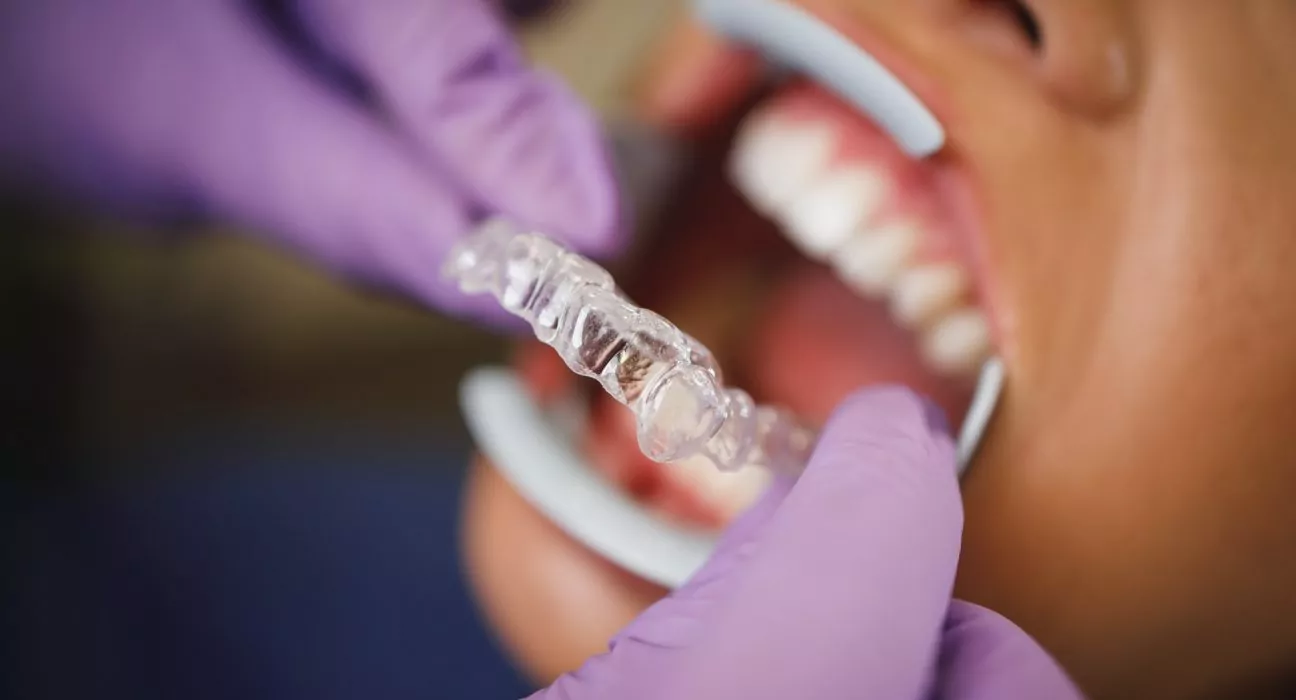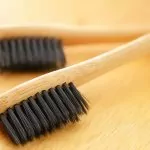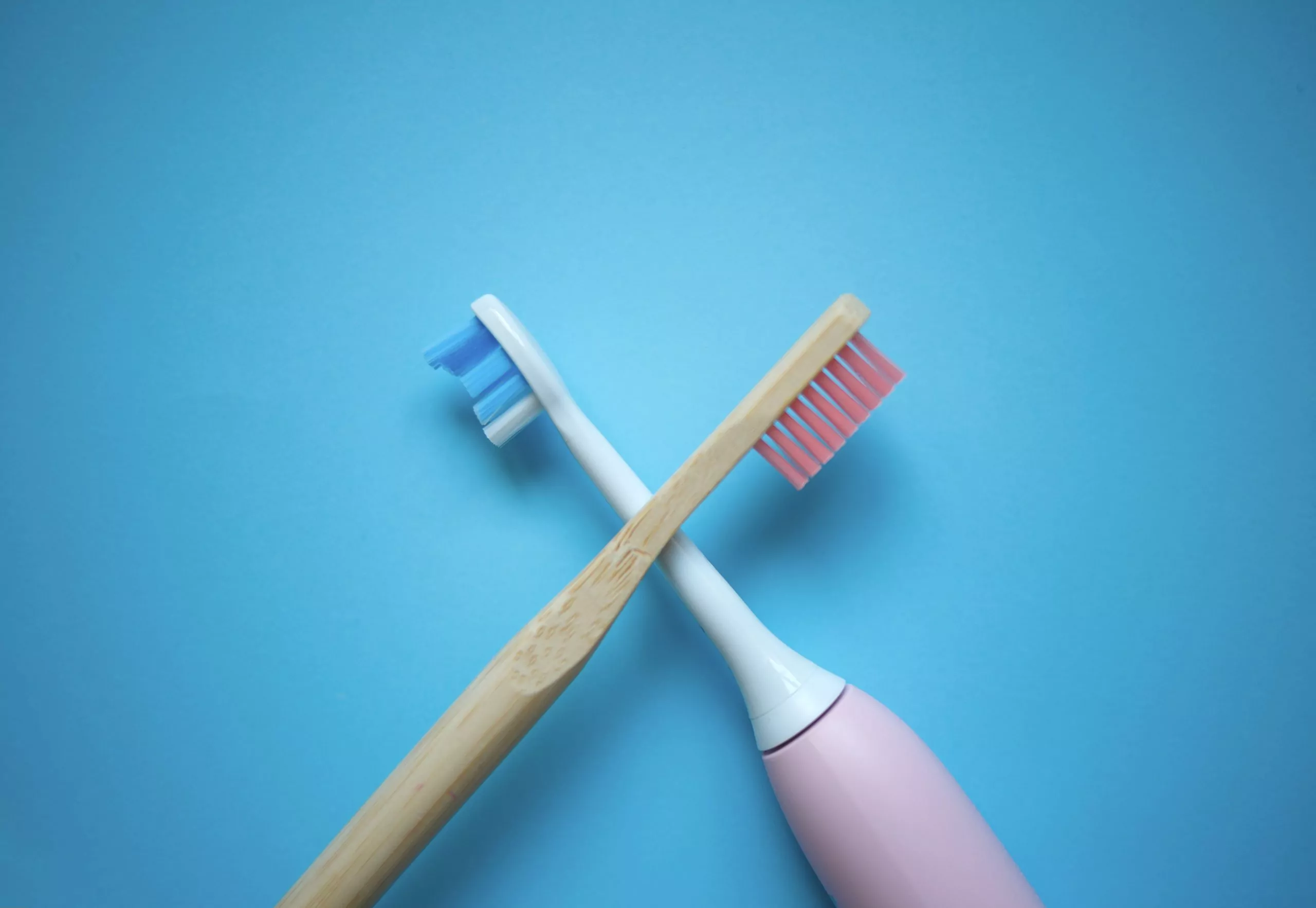The Significance of Mouth Guards: Shielding Your Smile
What is a mouth guard?
A mouth guard is a protective device worn over the teeth, gums, and sometimes lips to shield the mouth from injuries during various activities. It’s typically made of durable materials like silicone or thermoplastics and is designed to absorb and distribute the impact of blows, preventing damage to the teeth, gums, lips, and jaw. Mouth guards come in various types and are used in different scenarios, such as during sports to protect against impacts or while sleeping to prevent teeth grinding (bruxism). They serve as a crucial barrier against potential injuries and help maintain good oral health.
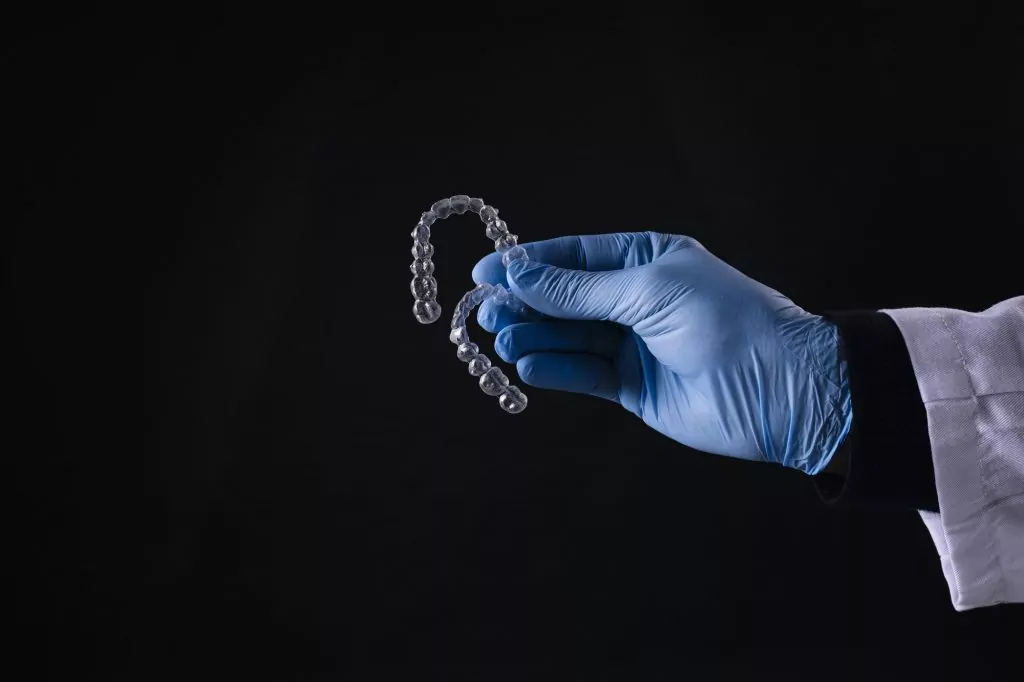
Benefits of Mouth Guards
- Protection: Guards shield teeth, lips, and gums from impact, preventing injuries during sports or teeth grinding.
- Preservation: safeguards dental work like braces, preventing damage or displacement.
- Comfort: Custom-fit guards offer comfort and easy breathing while providing superior protection.
- Prevention: Helps avoid costly dental procedures due to sports-related or accidental injuries.
Uses and Types
- Sports: Essential for athletes in high-impact sports like football, boxing, or martial arts.
- Night Guards: Treats bruxism (teeth grinding), preventing wear and tear on teeth during sleep.
- Custom vs. OTC: Custom-fit guards offer precise protection, while over-the-counter options provide general coverage.
Fun Facts About Mouth Guards
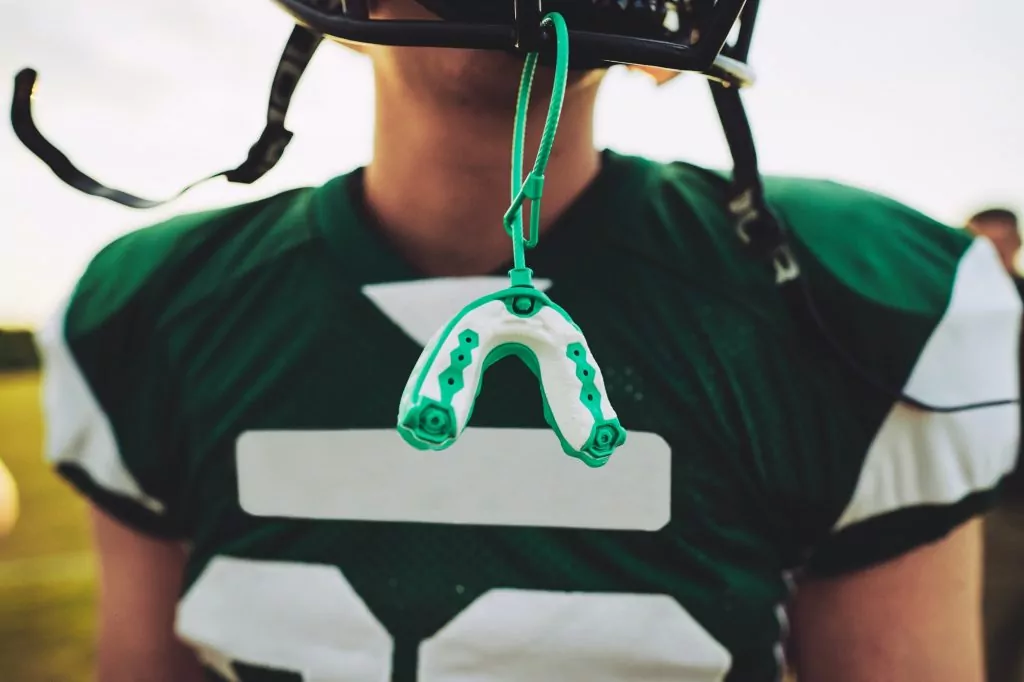
- The earliest mouth guards date back to the ancient Mayans, who used various materials to protect teeth during ball games.
- In the early 20th century, boxers started using tape, cotton, and even small pieces of wood as mouth protection.
- Today, modern mouth guards are made from advanced materials like silicone and thermoplastics, ensuring optimal protection and comfort.
Best Mouth Guard Products
- Shock Doctor Max Airflow Lip Guard: Ideal for high-impact sports, providing excellent protection and airflow.
- SISU Mouth Guards: Thin and durable, these custom-fit guards offer superior comfort and protection.
- ProDental Thin and Trim Mouth Guard: Perfect for night-time use, combating teeth grinding with a slim design.
Choosing the Right Mouth Guard: A Buying Guide

Factors to Consider
- Activity Level: Determine the impact level of your activity.
- Comfort and Fit: Opt for a guard that fits snugly and comfortably.
- Material Quality: Look for durable materials that ensure both protection and longevity.
How to Care for Your Mouth Guard
- Cleaning: Rinse with cold water before and after use. Regularly clean with mild soap and a toothbrush.
- Storage: Store in a ventilated container to prevent bacterial growth.
- Replacement: Replace mouth guards when they show signs of wear or damage.
Conclusion
Mouth guards are indispensable for safeguarding your smile during sports, sleep, or high-impact activities. Choosing the right one based on your needs and ensuring proper care can significantly contribute to maintaining excellent oral health.
Maintaining Good Oral Health.
Facts: American Dental Association – Mouth Guards.
Remember, whether on the field or at rest, a mouth guard is more than protective gear; it’s your smile’s guardian angel.



